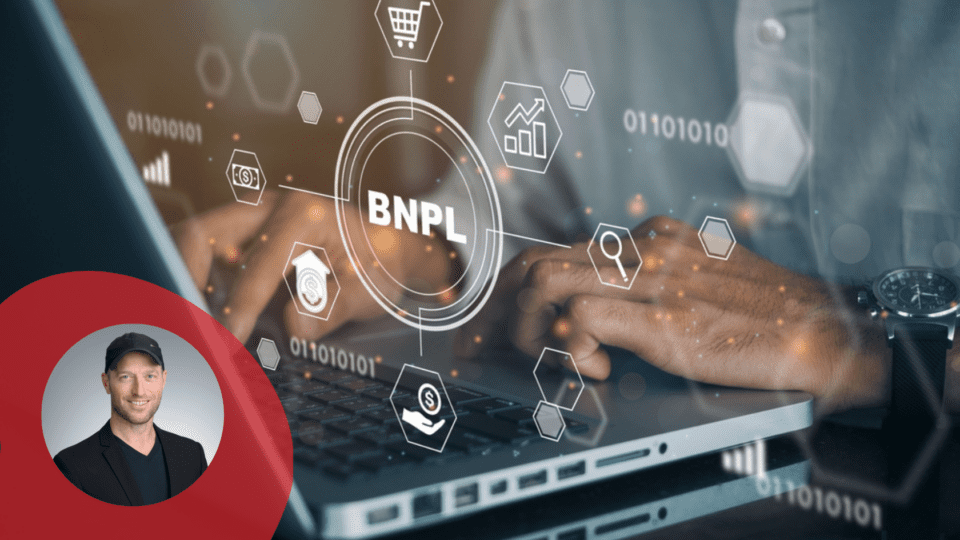Buy Now, Pay Later (BNPL) solutions have exploded in popularity, with a staggering growth rate of 1000% since 2019. So far, this payment method has made it easy for millions to purchase nice-to-have items such as the latest iPhone, trendy sofas, designer handbags and stylish clothes without paying in full upfront.
However, the winds of change are blowing: as inflation and interest rates continue to climb, BNPL is shedding its reputation for luxury spending and becoming a financing solution for necessary expenses, such as car repair, healthcare, fridge and other essential appliance repair.
During economic times like these, merchants need to go the extra mile to encourage responsible and smarter use of BNPL, since irresponsible BNPL practices can potentially lead to unmanageable debt and jeopardize consumers’ financial health, ultimately damaging the merchant’s brand. Just think: If customers find themselves under financial strain due to unaffordable debt, they are likely to associate that negative experience with the retailer that enabled them to access capital.
Here are three effective solutions for retailers aiming to prioritize the responsible use of BNPL.
Join Forces with a Responsible BNPL Provider
From direct-to-consumer providers and marketplaces to white-label services, there are various BNPL solutions in the market supporting different lending models and practices.
For example, as the industry is not yet regulated, some BNPL providers might not focus on transparency. However, hidden fees and late payment penalties can seriously damage consumers’ financial well-being as they can easily rack up massive debt. Additionally, some players in the market may approve customers too quickly, leaving shoppers with repayments they cannot afford.
On the contrary, banks and other regulated financial institutions, which already operate within the realms of regulation, are obliged to report to credit bureaus systematically. They also need to run credit checks and make financing terms, fees and interest rates completely transparent.
Therefore, working with a reliable, regulated BNPL provider, such as a bank, can allow retailers to show that they are committed to responsible lending practices and the financial health of their customers. Plus, establishing partnerships with banks that are household names is key to safeguarding consumer confidence and promoting brand loyalty.
Add Transparency
Adding transparency and clear messaging into the BNPL journey can protect customers and ultimately optimize the customer experience with your brand.
It is often too quick and easy to enter into a BNPL agreement, with 77% of consumers not even reading the terms and conditions. Therefore, shoppers — especially those running on autopilot — do not always realize they are signing up for a loan that could lead to financial trouble down the line if they fail to adhere to its terms.
Introducing clear and transparent messaging into the user journey provides the perfect opportunity for merchants to ensure their customers know about repayment terms, including any potential late fees or penalties, giving them the opportunity to self-reflect and decide whether they are able to make repayments.
Provide Customers with the Right Financing Options
BNPL comes in many shapes, sizes and forms, ranging from long-term interest-bearing loans to short-term split payment options, which is not a groundbreaking revelation. What may surprise many merchants is that they can now tailor the financing option to specific customer profiles, ticket sizes and product types.
Take split payments as an example. These Pay-in-3 and Pay-in-4 BNPL options allow consumers to buy small- or medium-ticket products, such as shoes and clothing, without having to pay interest. And the merchant tends to absorb the cost of this transaction.
On the other hand, installment loans can be the go-to solution for those who need fast access to a larger amount of money to finance high-priced items like furniture and appliances. With this type of BNPL loan, customers can pay off the total debt typically over a period of 12 to 18 months, depending on the loan terms and lender. Additionally, they may need to pay interest in certain cases.
Merchants that want to maximize their BNPL approval rates and customer conversions should take this tailored approach and offer the right financing options for the right use case.
Final Thoughts
The goal of BNPL is to benefit consumers and business buyers by helping them better align their cash flow to their spending. The goal is certainly not to throw them into unmanageable debt. Merchants that offer BNPL should be asking themselves this question — are they creating more sales at the price of creating more debt for their customers? By encouraging smarter, more responsible usage of BNPL, through these practices discussed, merchants can protect their customers and ultimately nurture long-lasting customer relationships.
Yaacov Martin is the CEO and Co-founder of Jifiti, a global fintech company. He is a thought leader, panelist and active contributor to leading payments and fintech publications. He has been bylined on TechCrunch, Payments Journal, The Fintech Times and The Paypers, among others.




